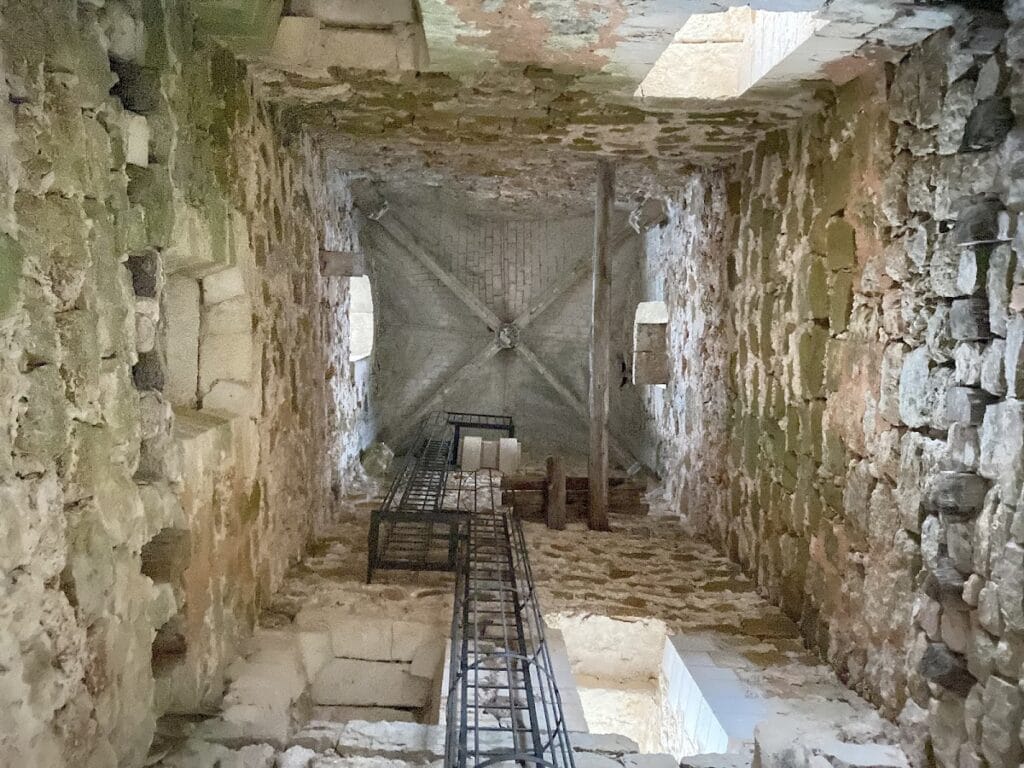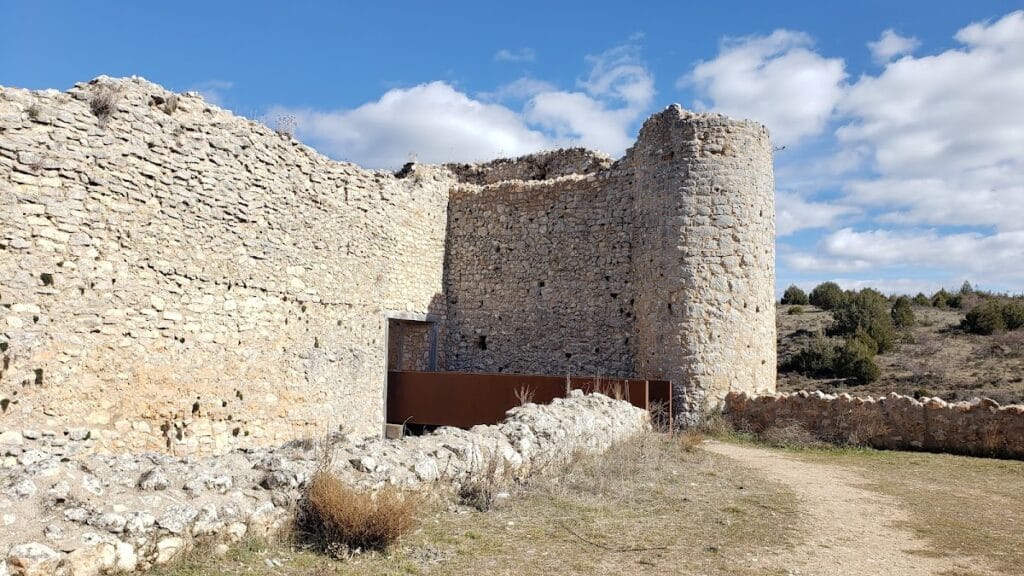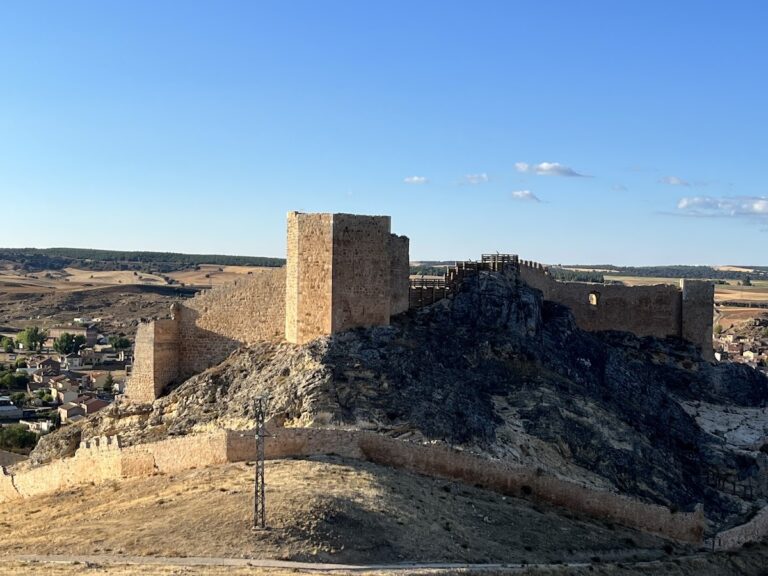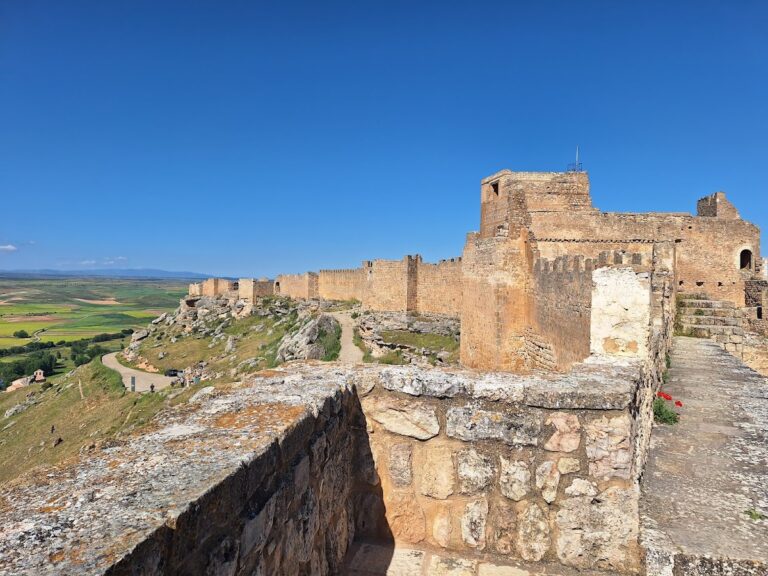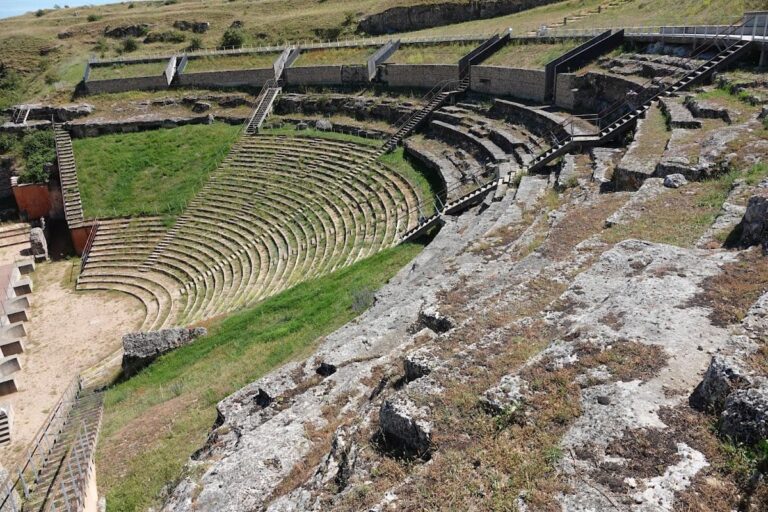Castle of Ucero: A Historic Fortress in Spain
Visitor Information
Google Rating: 4.4
Popularity: Low
Google Maps: View on Google Maps
Country: Spain
Civilization: Unclassified
Remains: Military
History
The Castle of Ucero stands in the municipality of Ucero, Spain, built on a site with a long history dating back to the Celtiberian period. This location reveals evidence of continuous human activity from prehistoric times through the Bronze Age, as well as during Visigothic and Roman occupations.
The earliest written record related to the area appears in 1157, when Alfonso VII referenced the village of Sotos de Suso, situated between Uxama and Ucero. By the 13th century, the fortress itself had been established and is documented as part of the medieval defensive network. The castle gained prominence through its connections with the Knights Templar, a military religious order active in the region from at least 1170. Nearby religious sites, such as the now-vanished convent of San Juan de Otero and the chapel of San Bartolomé, were also affiliated with the Templars.
In 1212, Juan González de Ucero is noted as the first lord of the castle. He was a Templar knight who fought alongside Alfonso VIII at the decisive Battle of Las Navas de Tolosa, a turning point in the Reconquista. As a reward for his service, Juan González received lordship over Ucero, establishing familial control that passed to his son Juan García de Ucero. Upon Juan García’s death, ownership went through his wife María de Meneses, who later bequeathed the property to Violante Sánchez de Castilla, an illegitimate daughter of King Sancho IV of Castile.
The lordship became the subject of a legal dispute in the early 14th century. In 1325, Pope John XXII issued an order for the Archbishop of Toledo to intervene in a conflict between Violante Sánchez and the Bishop of Osma. The bishopric pursued ownership based on a purchase dating from 1302, asserting long-term control. Despite this contention, Violante transferred the lordship to the Order of Santiago in 1327, yet the Diocese of Osma maintained authority over the castle and its lands from the early 14th century onward.
The fortress underwent significant reconstruction in the 16th century under the bishop Pedro de Montoya, reflecting the continuing influence of the Church in the area. During the 17th century, Honorato Juan marked the castle’s entrance with his coat of arms, signaling noble or ecclesiastical presence. Under the Bishopric of Osma, the castle served multiple roles, functioning both as a residence for bishops who enjoyed fishing in the nearby river and as a prison for clergy members. Ownership remained with the Catholic Church until 1966, when control passed to the Spanish State, marking a transition from religious to national custodianship.
Remains
The Castle of Ucero occupies a commanding position atop a rocky promontory above the Ucero River near its source. This elevation offers strategic views across the valleys of the Lobos and Chico rivers, as well as the nearby Lobos River canyon. The fortress’s design includes a triple ring of walls encircling the main enclosure, a defensive system bolstered by a surrounding moat. Originally, entry was secured through a combination of ramps and a drawbridge, allowing controlled access to the interior.
On the southern side of the complex, an additional defensive wall complements the fortification. Here stands a chapel, likely dedicated to Nuestra Señora de la Villavieja, which is physically separate from but related to the castle’s main defensive structures. The principal gate to the fortress faces toward this chapel, indicating a connection between the spiritual and military components of the site.
Within the walls, archaeological investigations have uncovered the remains of a cistern known as an aljibe, once used to store water, crucial for sustaining the inhabitants during prolonged sieges. Near this cistern lies a residential area where traces of wooden beams can be seen in the surviving wall sockets, providing a glimpse into the living quarters of the castle’s occupants.
The keep, or tower of homage, stands in relatively good condition and demonstrates refined masonry work. Its corners consist of finely cut stone blocks known as ashlar, and along the top are rows of corbels—projecting stones arranged to support battlements that once crowned the tower. The keep features a distinct pointed or ogival window, embellished with decorative moldings and flanked by two gargoyles of uneven size. Several exterior gargoyles survive, including an unusual figure showing three distinct forms and another depicting a figure holding an object beneath an eagle clutching a serpent.
Inside the tower, the ceiling is constructed as an ogival vault—a pointed arch typical of Gothic architecture—and retains fragments of painted decoration. This vault rests upon modillions, ornamental brackets carved into heads and figures, and at its center is a keystone bearing the image of an Agnus Dei, the Lamb of God symbol. Some scholars interpret this symbol as connected to Templar iconography, linking the castle’s religious and military heritage.
Beneath the fortress lies a subterranean passage descending from the castle down to the Ucero River. This tunnel, designed in a zigzag pattern to prevent direct assault, ensured water access during sieges. Although partially collapsed in places, parts of the passage remain accessible. The corridor was carved into the earth and covered with slabs composed of rubble masonry bonded by mortar. It measures roughly 1.16 meters in width, with its height ranging between 1.5 and 2.13 meters, a size sufficient for passage yet compact enough to maintain security.
Today, the ruins of the Castle of Ucero continue to impress by their scale and strategic setting. Approaching the site involves crossing the river and ascending a path flanked by steep rocky cliffs, highlighting the natural defenses that complemented the castle’s architectural strength throughout its history.


